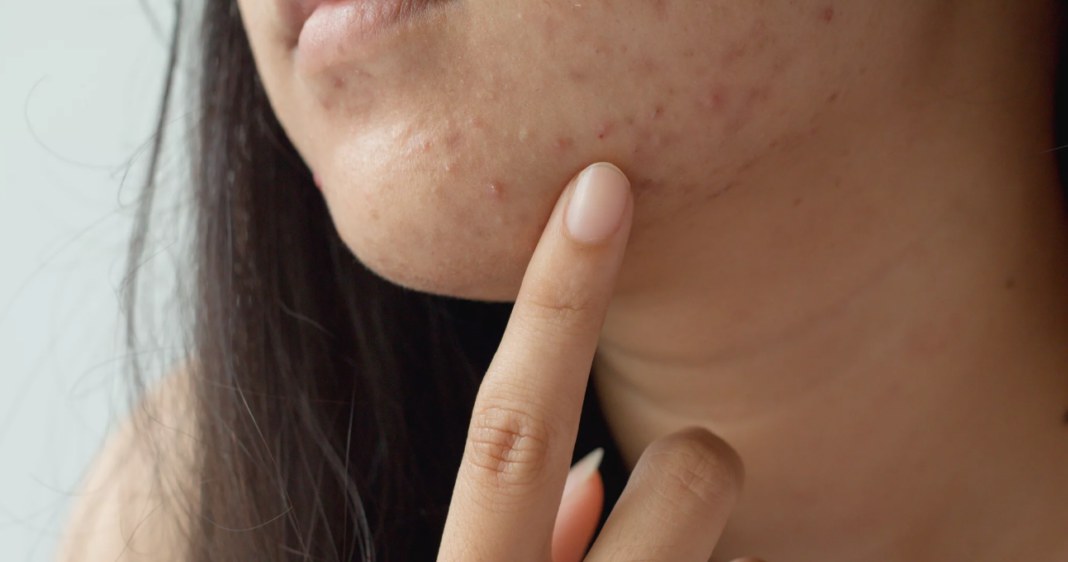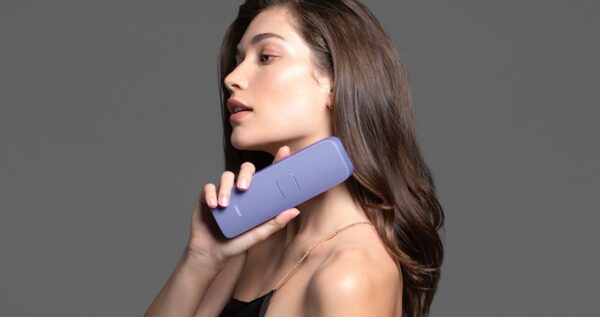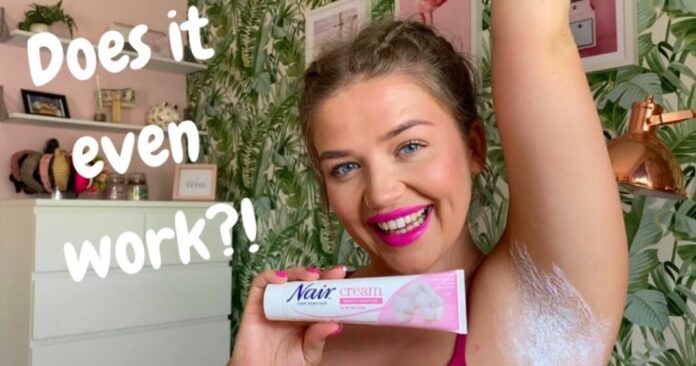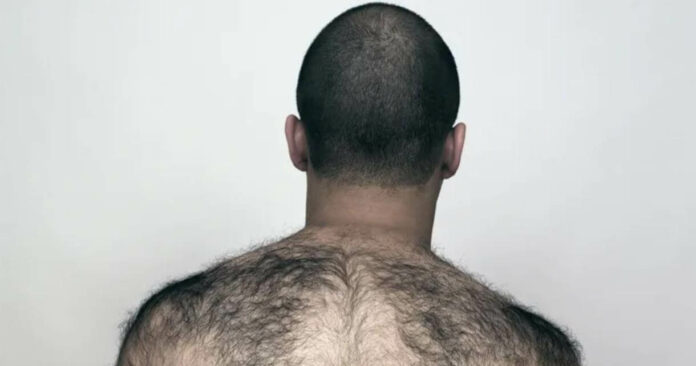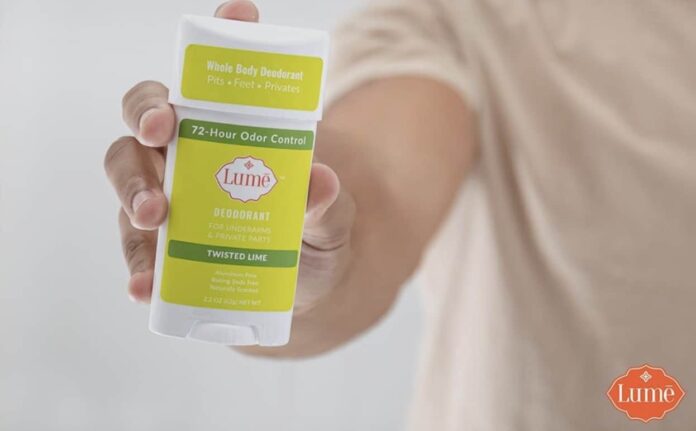When you see a small bump on your face – or other parts of your body – you usually think of it as a pimple and get the urge to squeeze and pop it out. However, that might not always be the case; another cause for these inflamed bumps could be ingrown hairs.
Since both of these conditions appear similar yet are completely different from each other, it is important to know how to differentiate between the two to understand how to treat what you are seeing.
This article will explain how you can set an ingrown hair apart from a pimple, as well as guide how you can take care of either of them.
Table of Contents:
What are Ingrown Hairs?
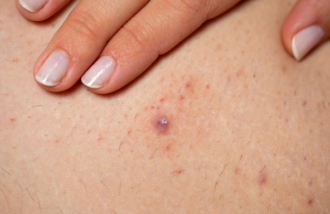 Ingrown hair can be described as the condition when hair curls back and grows under the skin surface instead of sprouting out like normal hair. This can result in inflammation on the pore, leading to a raised, and often red, bump.
Ingrown hair can be described as the condition when hair curls back and grows under the skin surface instead of sprouting out like normal hair. This can result in inflammation on the pore, leading to a raised, and often red, bump.
Bumps caused by ingrown hair can usually be seen on body parts where you regularly remove hair, including the face, underarms, legs, arms, bikini area, etc.
What causes ingrown hair?
Most hair removal methods that pull hair or scratch the skin surface, like shaving, epilating, waxing, and threading can cause ingrown hair. Moreover, poor preparation and aftercare before hair removal can also be a major cause of ingrown hairs, regardless of the method used.
Some other mistakes that could lead to ingrown hair include the use of a dull blade, shaving against the growth direction, not exfoliating before shaving, and not using a lubricant like shaving cream or gel. Furthermore, if the hair stand is cut below the surface of the skin, it might be hard for it to sprout back, thus resulting in ingrown hair.
What Are Pimples?
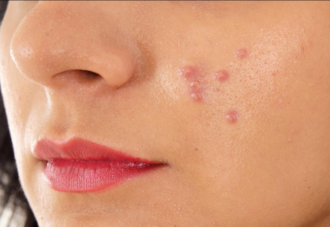 Pimples are usually known as small inflamed bumps on the skin’s surface caused by a blocked skin pore. Pimples are categorized into various types such as blackheads, whiteheads, papules, and pustules.
Pimples are usually known as small inflamed bumps on the skin’s surface caused by a blocked skin pore. Pimples are categorized into various types such as blackheads, whiteheads, papules, and pustules.
All of these are formed when a skin pore, or even a hair follicle, gets clogged by some impurity such as sebum, dead skin cells, and bacteria. A blocked pore gets infected and inflamed, forming a pus-filled bump.
What causes pimples?
Pimples are caused when something like excess oil, dead skin cells, and bacteria clog a skin pore. These substances combine to create a perfect atmosphere for the rapid growth of bacteria, which leads to inflammation and redness.
Pimples are ultimately filled with pus, often causing painful bumps. This is because of our immune system reacting to the impurity and triggering swelling and redness.
Pimples are usually caused by a polluted environment and lack of proper cleansing. Although all body parts can get pimples, they usually form on the face, chest, or back.
Differentiating Between Ingrown Hairs and Pimples
Some of the common characteristics that could help you differentiate between ingrown hairs and pimples are as follows:
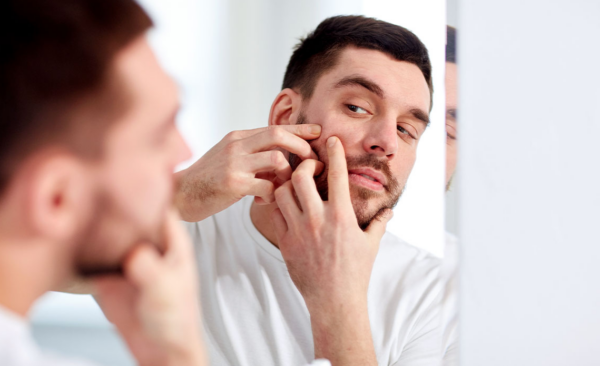
Appearance:
Ingrown hairs form small inflamed bumps on the skin surface and you can usually see the hair underneath. Meanwhile, pimples appear as red bumps on the skin and can have a head filled with visible white or yellow pus.
Symptoms:
Ingrown hairs can be characterized by tender and inflamed bumps on the skin that often itch. This is mainly our body’s response to the trapped hair in the follicle.
On the other hand, pimples are known for painful red bumps that often form a pus head. Similar to ingrown hair, the pain and inflammation caused by pimples are also due to our immune response against the presence of impurities clogging the pores.
Common Causes:
The main cause of ingrown hairs is usually the use of certain hair removal methods, like shaving, epilating, and waxing, which pull hair or scratch the skin surface.
The condition can also be credited to improper care, both before and after the removal process. In contrast, the buildup of substances like sebum, bacteria, and dead skin cells clogging the pore is usually responsible for pimples.
Location:
If you shave or wax your face, arms, legs, or bikini area regularly, there are higher chances that a bump in these areas is an ingrown hair. Ingrown hairs are commonly seen on the chins and necks of men who shave their faces.
Contrarily, pimples occur in areas where sebaceous glands are commonly found, i.e., the T-zone of the face, as well as on the back and chest.
Treatment Options
Once you can recognize the cause of the bump, whether it is an ingrown hair or a pimple, you can look further into its effective treatment.
Dealing with Ingrown Hairs
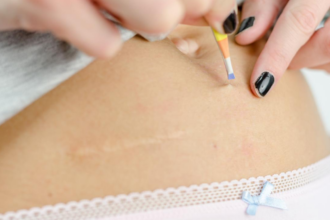 It is important to treat ingrown hair at the right time to prevent the bump from getting more inflamed. One of the most common remedies to deal with ingrown hairs is to gently exfoliate the area.
It is important to treat ingrown hair at the right time to prevent the bump from getting more inflamed. One of the most common remedies to deal with ingrown hairs is to gently exfoliate the area.
This will help release the trapped hair, which you can pull out later. In case of irritation, a warm compress can also help in reducing inflammation and softening the irritated skin.
However, make sure you don’t squeeze the bump or break the skin, since not only can this lead to serious infection but it also forces the skin to heal over the hair follicle again.
Dealing with Pimples
The main rule to follow when dealing with pimples is to not try to squeeze them. This could not only result in further infection but can leave a scar as well.
It is advised to apply a cold compress or ice to reduce inflammation.
Products containing salicylic acid and benzoyl peroxide work great at treating a pimple and healing it from the root.
Prevention Strategies
Although both of these conditions can be treated once they appear, it is better to prevent ingrown hairs and pimples altogether to avoid discomfort and inflammation.
Preventing Ingrown Hairs
- Before shaving, use a gentle exfoliating scrub to remove any dead skin cells.
- Use a razor with a sharp clean blade to prevent skin irritation and discomfort, which can be caused by dull blades.
- Cleanse your skin both before and following shaving to protect against any potential infections.
- Use a shaving cream or gel to ensure a smooth and safe shaving experience.
- Follow the natural growth direction of the hair when shaving rather than going against it.
- Avoid wearing tight clothes and synthetic fabrics since they can cause friction and irritation, resulting in ingrown hair.
- For long-term results, you can shift to laser hair removal options such as the Ulike Sapphire Air3 IPL Hair Removal Handset to avoid the growth of ingrown hairs completely.
Preventing Pimples
- Wash your skin and cleanse it properly at least two times every day.
- Use a soft cream or lotion regularly to keep your skin moisturized as insufficient moisture level can lead to the production of excess oil and sebum.
- Make sure to use non-comedogenic products as they do not block your pores.
- Drink almost 1-2 liters of water every day to keep your skin hydrated. This would help minimize oil production as well.
When to Seek Medical Help
Ingrown hairs and pimples can be easily treated with home remedies and over-the-counter products. However, it is still advised to seek professional help in case the condition worsens or if inflammation increases constantly.
Ingrown Hairs
In most cases, professional medical attention is not necessary for ingrown hairs. However, it is recommended to get expert help if the bump of the ingrown hair becomes more inflamed or infected, doesn’t heal after some time has passed, or is causing intense itch and pain.
A medical expert can provide different treatment choices, like incision and drainage, if needed, to avoid any possible complications.
Pimples
Pimples usually heal and clear up on their own after some time, or with the help of over-the-counter products that you can easily get from any drugstore. Nevertheless, if your pimples keep on growing, or are causing unbearable pain, you should consult a medical professional since these could be signs of other skin conditions like cystic acne.
Conclusion
It is important to have a proper understanding of the differences between ingrown hairs and pimples so you can deal with them effectively. Although both of these conditions seem to appear as inflamed bumps on the skin, you should know how to distinguish between their causes and symptoms to be able to treat them.
Once you have identified the condition, it is possible to handle most cases of these two at home with easy remedies and mild medical products. Meanwhile, it is better to seek expert medical help if you are facing severe or persistent issues to ensure timely treatment and avoid any possible complications.

 By Nancy H, PharmD
By Nancy H, PharmD
